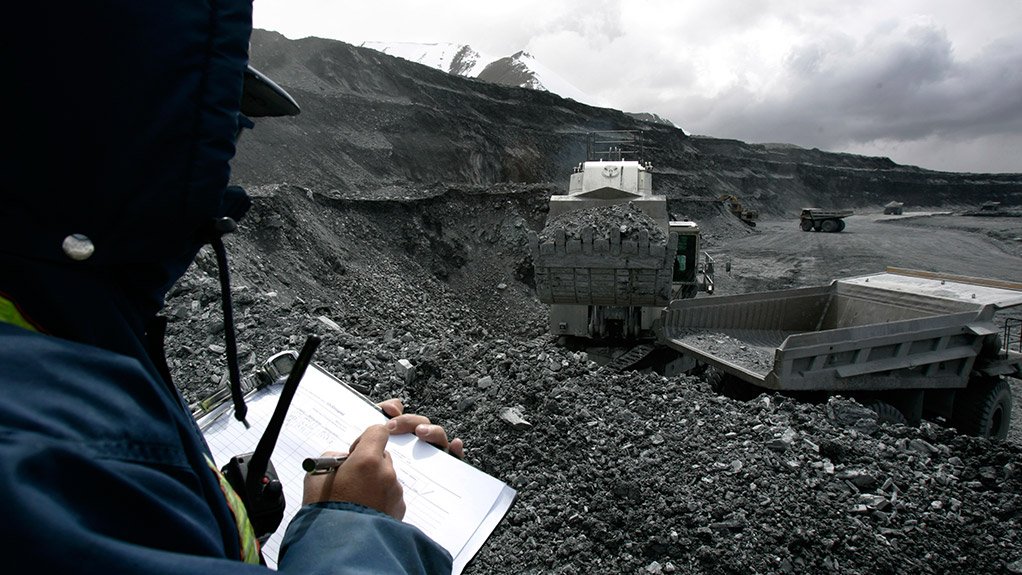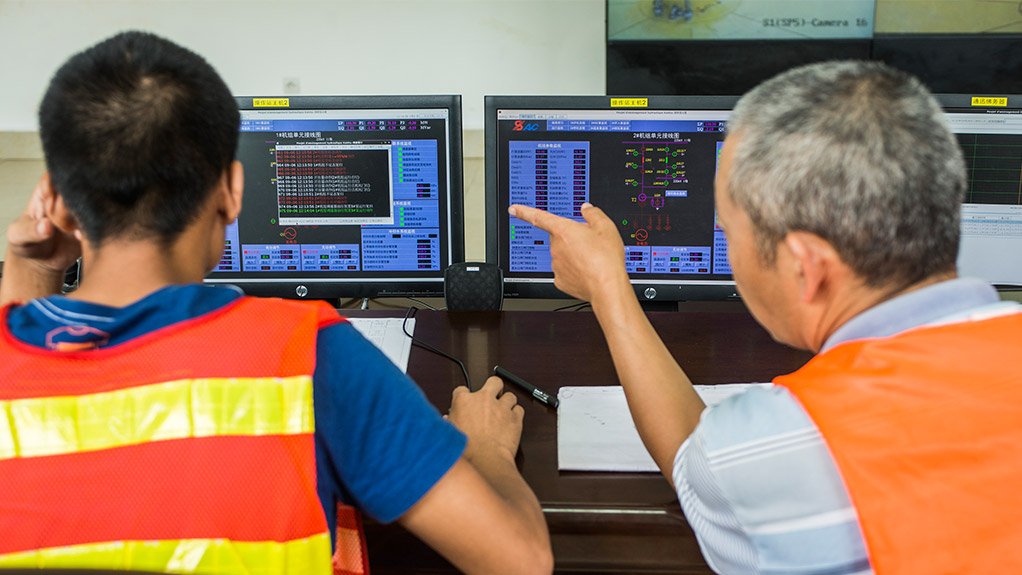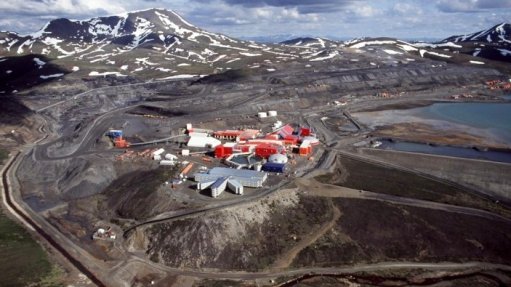Ethics, the foundation of project management



TRUST IS KEY Project leadership must embrace the personal traits of integrity, fairness, faithfulness and honesty
Photo by Bloomberg
IN STAGES Following the five sequential stages of a typical project is key for success
Photo by Bloomberg
An organisation’s ethics and, more importantly, a project’s leadership are the very foundation on which its successful development is based, says Denver-based project management expert, course leader and author Terry Owen.
In a handbook titled Project Management for Mining, published in 2015, which Owen coauthored with independent mining consultant and mining author Robin Hickson, he highlights the personal code of ethics all project leaders should have, reasoning that, without ethical behaviour, especially in leadership, successful execution of a project will be compromised.
Owen tells Mining Weekly that project campaigners in an organisation sometimes try to force certain elements to “improve” a project’s attractiveness, resulting in the failure of a project. Examples include advocating for the replacement of a properly calculated contingency or taking only the highest recovery results to improve production. He also cites forcing larger search radiuses on a geostatistical model to improve the reserve base, subsequently leading to a misrepresen- tation of the project.
“A project’s leadership must embrace the personal traits of integrity, fairness, faithfulness and honesty.”
Owen also highlights the five sequential stages of a typical project – opportunity, viability, planning, execution and completion – adding that they, along with their underlying principle, serve as a guideline and point of refer- ence in the execution of a project. The stages remain constant, regardless of the project size.
“The difference between projects becomes apparent as a project expands in size and as the project complexity grows, meaning the amount of work needed to advance the project also increases,” Owen explains, adding that the handbook serves as a reference for existing operations that intend to execute expansion projects and major greenfield developments.
He notes, however, that each project is unique, with the type of mineral being mined and processed able to affect production delivery, but not the general stages of project development. Following the five stages will allow for the successful exploitation of any mineral being mined, Owen claims.
He tells Mining Weekly that the mining world is unique, with its projects being some of the most challenging and complex of any industry.
“Mining companies have gone from being largely operator-run companies led by those with technical backgrounds and a view of long-term mining to more finance-based leadership that has short-term objectives and, sometimes a lack understanding of a project’s delivery processes.”
Owen says engineering or project management companies have gone through the mining boom and bust cycles and, during every downturn, critical people – employees who have valuable knowledge and skills – leave the business.
This has culminated in a lack of technical experience and expertise, leaving nontechnical leadership personnel to make decisions based on insufficient information compiled with inadequate engineering principles.
In the project management industry, when a lot of projects are being developed and there is a shortage of experienced personnel, market forces pressure project owners into achieving short-term success to garner shareholder approval, Owens explains.
Owners, in turn, put pressure on project managers to achieve results going forward for all the wrong reasons.
“A dilemma is that large mining companies are constantly looking for ways to make mining operations safer, innovative and more productive, but ignore the most basic project management best-practice processes – the five stages of development that determine success or failure.”
Article Enquiry
Email Article
Save Article
Feedback
To advertise email advertising@creamermedia.co.za or click here
Press Office
Announcements
What's On
Subscribe to improve your user experience...
Option 1 (equivalent of R125 a month):
Receive a weekly copy of Creamer Media's Engineering News & Mining Weekly magazine
(print copy for those in South Africa and e-magazine for those outside of South Africa)
Receive daily email newsletters
Access to full search results
Access archive of magazine back copies
Access to Projects in Progress
Access to ONE Research Report of your choice in PDF format
Option 2 (equivalent of R375 a month):
All benefits from Option 1
PLUS
Access to Creamer Media's Research Channel Africa for ALL Research Reports, in PDF format, on various industrial and mining sectors
including Electricity; Water; Energy Transition; Hydrogen; Roads, Rail and Ports; Coal; Gold; Platinum; Battery Metals; etc.
Already a subscriber?
Forgotten your password?
Receive weekly copy of Creamer Media's Engineering News & Mining Weekly magazine (print copy for those in South Africa and e-magazine for those outside of South Africa)
➕
Recieve daily email newsletters
➕
Access to full search results
➕
Access archive of magazine back copies
➕
Access to Projects in Progress
➕
Access to ONE Research Report of your choice in PDF format
RESEARCH CHANNEL AFRICA
R4500 (equivalent of R375 a month)
SUBSCRIBEAll benefits from Option 1
➕
Access to Creamer Media's Research Channel Africa for ALL Research Reports on various industrial and mining sectors, in PDF format, including on:
Electricity
➕
Water
➕
Energy Transition
➕
Hydrogen
➕
Roads, Rail and Ports
➕
Coal
➕
Gold
➕
Platinum
➕
Battery Metals
➕
etc.
Receive all benefits from Option 1 or Option 2 delivered to numerous people at your company
➕
Multiple User names and Passwords for simultaneous log-ins
➕
Intranet integration access to all in your organisation




















